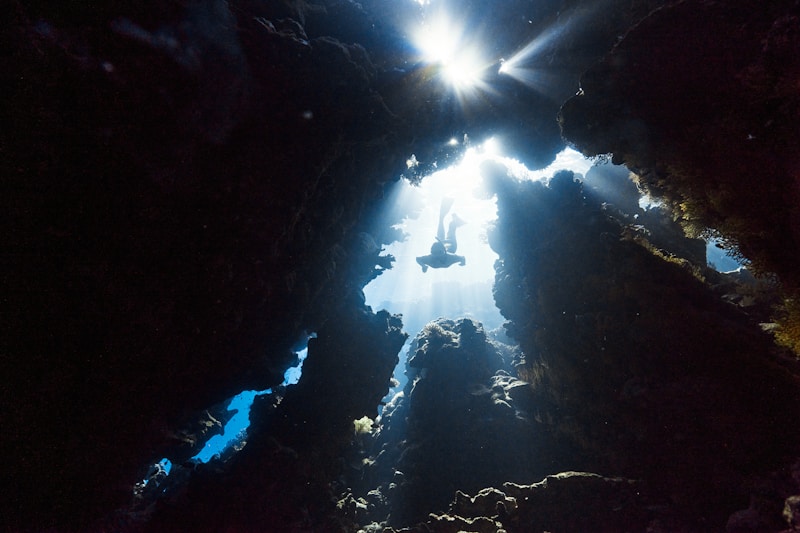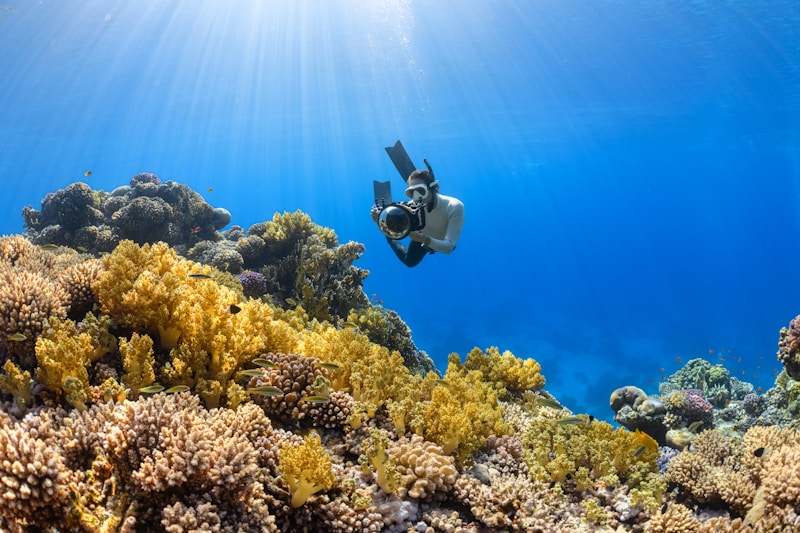Questions and Answers
What is the primary function of the light-independent reactions?
Convert CO2 to glucose
Which enzyme is responsible for the first step of the light-independent reactions?
RuBisCo
What is the byproduct released during the light-independent reactions?
Oxygen
What is the final product of the reduction step in the light-independent reactions?
Signup and view all the answers
In the Calvin cycle, what are triose phosphates converted into during the regeneration step?
Signup and view all the answers
Where do the light-dependent reactions of photosynthesis take place?
Signup and view all the answers
What is the primary function of photosystem II (PSII) during photosynthesis?
Signup and view all the answers
Which pigment is responsible for absorbing sunlight during the light-dependent reactions of photosynthesis?
Signup and view all the answers
What molecules are produced as a result of the splitting of water molecules by photosystem II (PSII)?
Signup and view all the answers
How are the high-energy electrons produced in photosystem II (PSII) transferred to photosystem I (PSI)?
Signup and view all the answers
Study Notes
Photosynthesis Processes
Photosynthesis is the process by which plants convert sunlight into chemical energy, specifically glucose (sugar) from carbon dioxide (CO) and water (HO). This process occurs in two main stages: light-dependent reactions and light-independent reactions. Both stages involve several key molecules, including water, oxygen, ATP, NADPH, ribulose bisphosphate carboxylase/oxygenase (RuBisCo), and chlorophyll pigments.
Light-Dependent Reactions
During the light-dependent reactions, sunlight is absorbed by two types of light-harvesting antennae complexes: photosystem I (PSI) and photosystem II (PSII). These complexes contain large amounts of the green-absorbing pigment chlorophyll and other pigments called accessory pigments. They pass on their absorbed energy to special protein complexes known as reaction centers, where it is used to generate high-energy electrons.
Water Splitting
In PSII, these high-energy electrons are passed through a series of redox reactions, resulting in the splitting of water molecules into hydrogen ions (H+), electron pairs (e−), and molecular oxygen (O). This photosystem also produces ATP via photophosphorylation using the proton gradient generated during water splitting.
Electron Transfer
The high-energy electrons produced in PSII are transferred to PSI via a mobile electron carrier called plastocyanin. In PSI, they undergo further redox reactions, generating more ATP through photophosphorylation and reducing power in the form of reduced nicotinamide adenine dinucleotide phosphate (NADPH).
Light-Independent Reactions
Also known as the Calvin cycle, the light-independent reactions occur in the stroma of the chloroplast, which uses the ATP and NADPH generated in the light-dependent reactions to fuel the conversion of CO to glucose. This process involves several enzymatic steps:
-
Carbon Fixation: The first step is facilitated by RuBisCo, which combines CO with a five-carbon compound called ribulose-1,5-bisphosphate (RuBP) to produce two three-carbon compounds.
-
Reduction: The next step involves a series of reductions, adding more carbons to create six-carbon compounds called glyceraldehydes 3-phosphates (G3Ps).
-
Regeneration: Finally, the G3Ps are converted back into triose phosphates, which can be used directly or combined with other trioses to form glucose.
Throughout this entire process, oxygen is released as an unwanted byproduct of water splitting.
Studying That Suits You
Use AI to generate personalized quizzes and flashcards to suit your learning preferences.
Description
Learn about the intricate processes of photosynthesis, including the light-dependent reactions involving photosystem I and II, water splitting, electron transfer, and the light-independent Calvin cycle. Explore how plants convert sunlight into glucose through a series of enzymatic steps.




